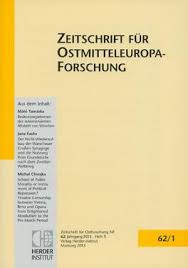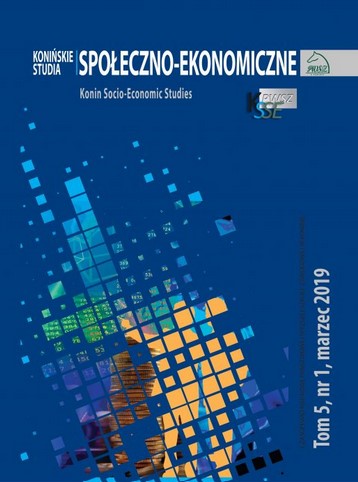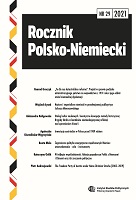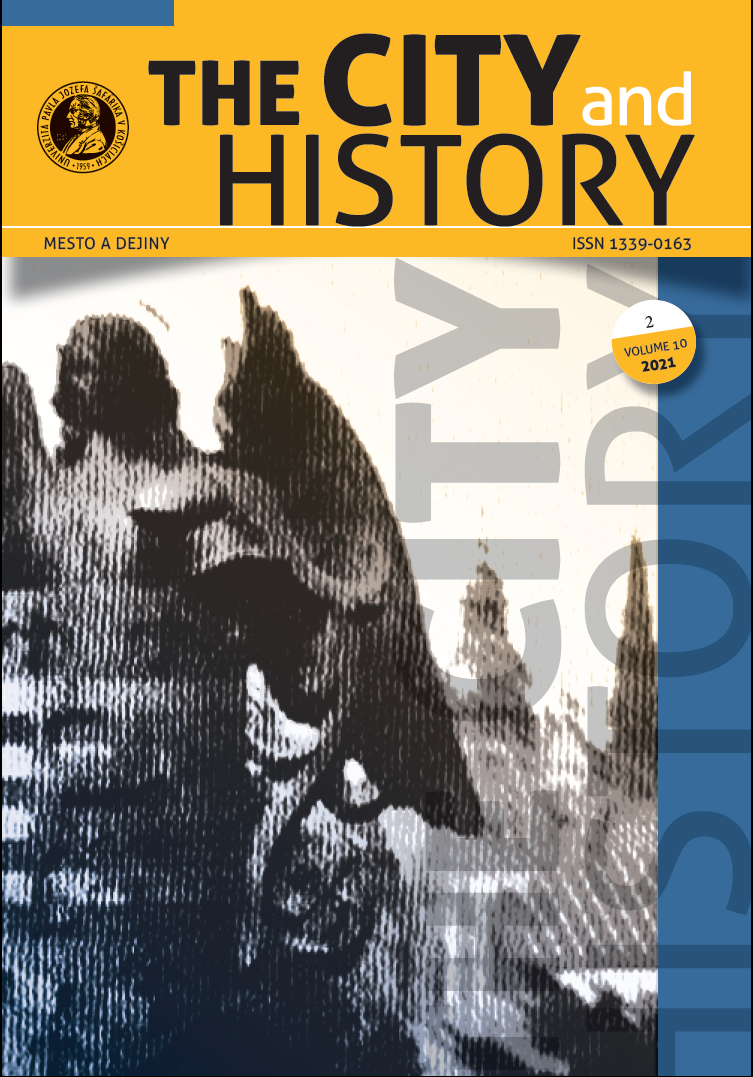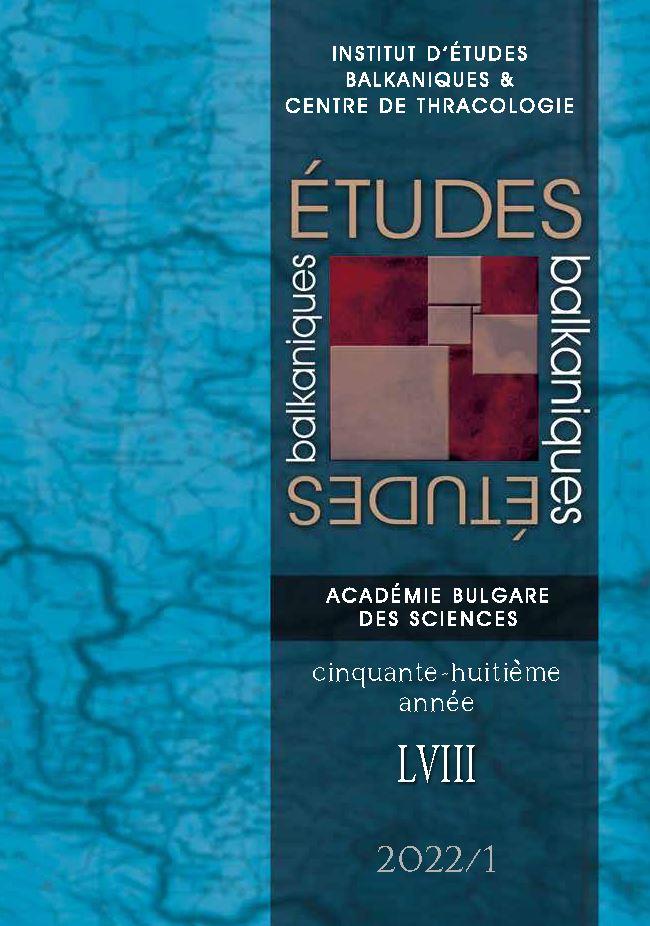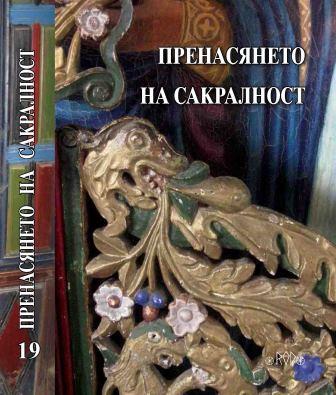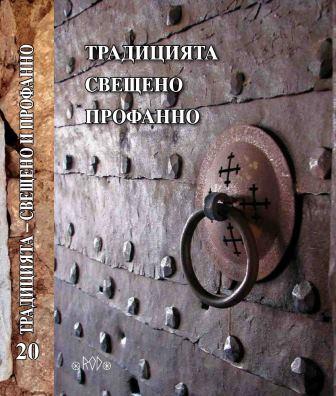Experimental Language Deconstructing Patriarchal Discourse in Ntozake Shange‘s for colored girls who have considered suicide/when the rainbow is enuf
By sharing the experiences of women and the black community of her time, represented as a journey towards womanhood on stage, Afro-American playwright Ntozake Shange deconstructs the patriarchal structure of language, by pushing the boundaries of genres as she assembles prose, poetry and stage performance in a “choreopoem” capable of empowering and liberating the trajectories of the represented black women. The present study explores the semiotic and linguistic deconstructions of the patriarchal ideology in for colored girls who have considered suicide/when the rainbow is enuf, aiming at a discussion of the author‘s experimentalism with language outside instituted discursive paradigms regarding women. Considering that the concept of the liberation of the individual is strongly historicized in the play, the characters of the seven ladies are focalized as being tightly related to the feminist movement in North America in the seventies. Furthermore, the implications of ideological impositions and limited roles for women in society are analyzed.
More...

